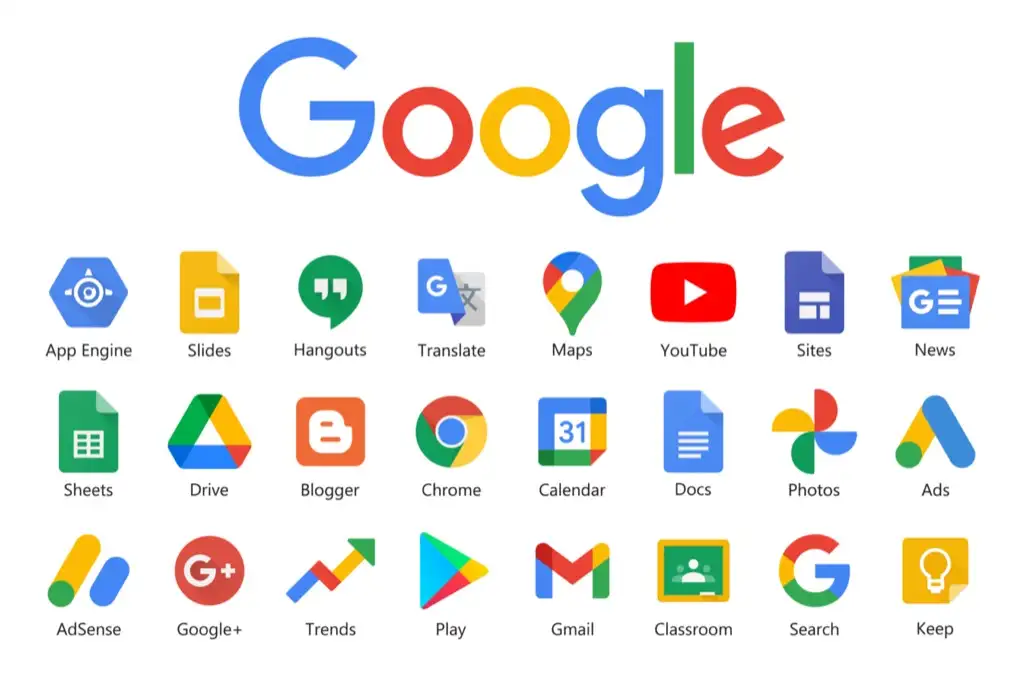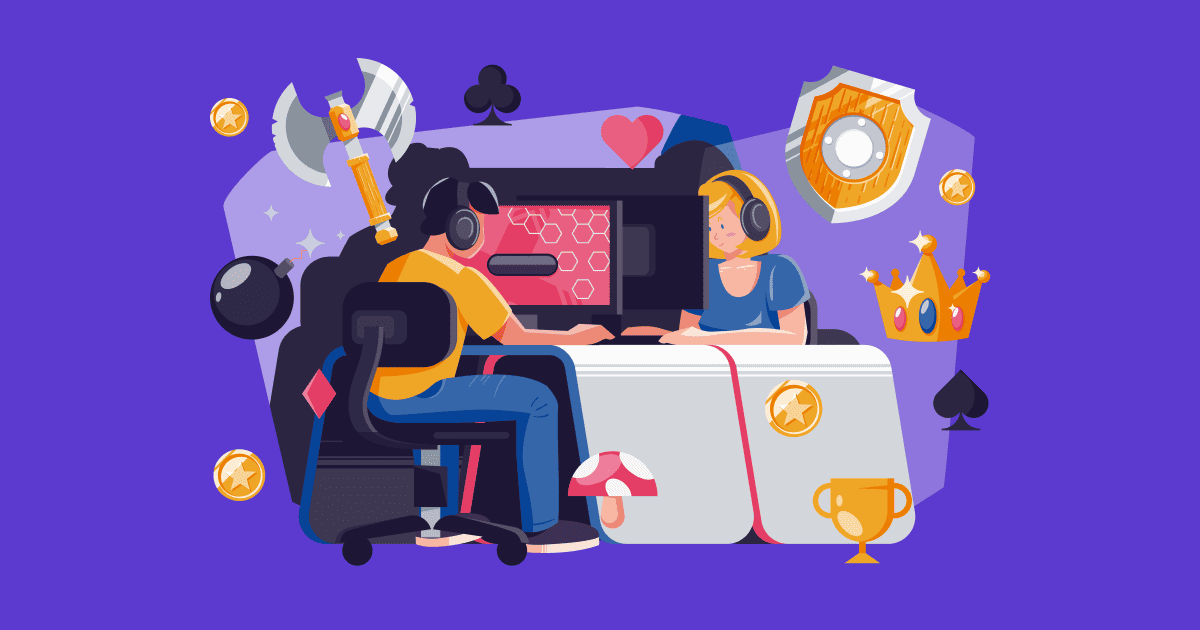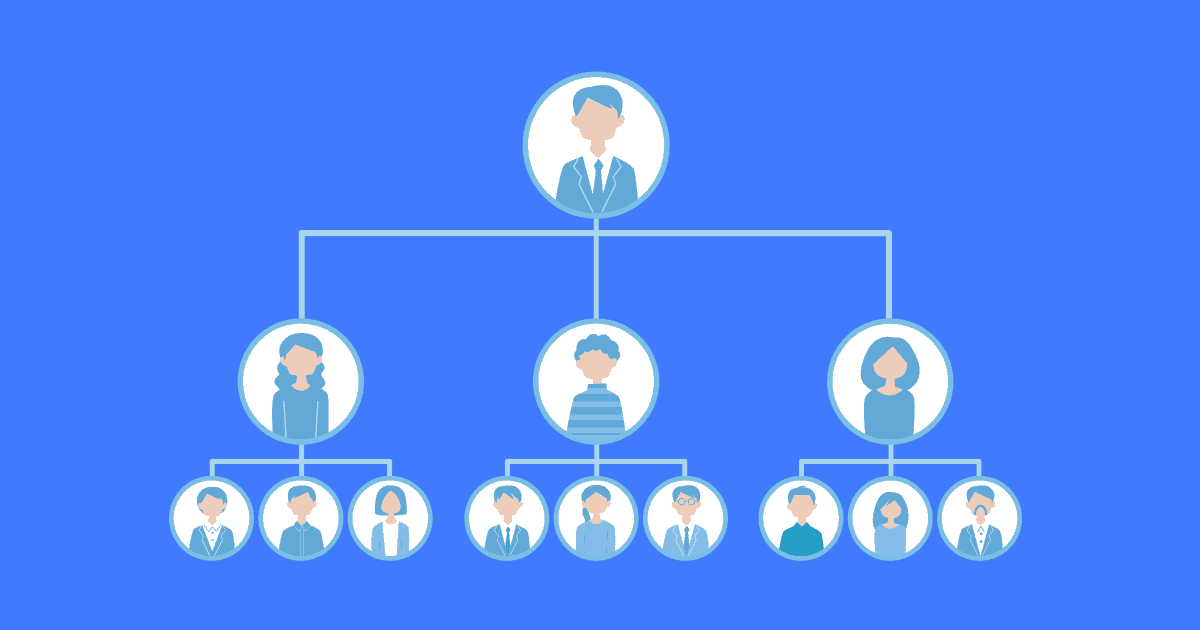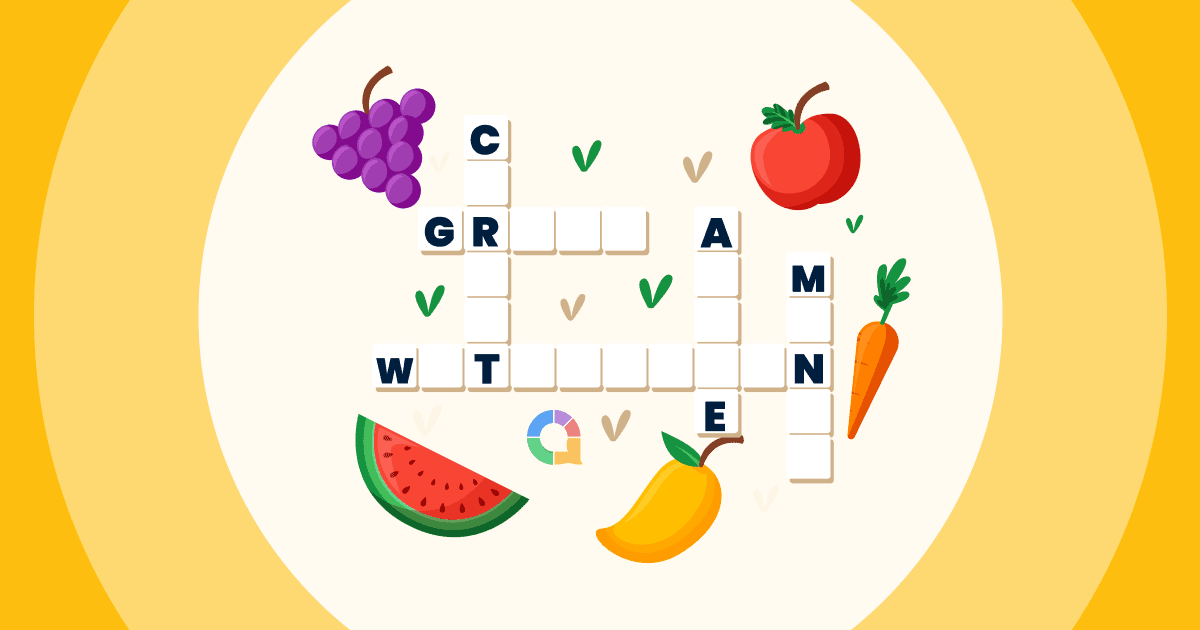आपको स्कूल याद है, है न? यह वह जगह है जहाँ थके हुए छात्रों की कतारें बोर्ड के सामने खड़ी होती हैं और शिक्षक उनसे कहते हैं कि उन्हें किसमें रुचि लेनी चाहिए कर्कशा के Taming.
वैसे, सभी छात्र शेक्सपियर के प्रशंसक नहीं हैं। वास्तव में, ईमानदारी से कहें तो, आपके अधिकांश छात्र आपके द्वारा पढ़ाए जाने वाले अधिकांश विषयों के प्रशंसक नहीं हैं।
यद्यपि आप अपनी कक्षाओं में जुड़ाव बढ़ा सकते हैं, आप ब्याज पर बल नहीं दे सकते.
दुखद सच्चाई यह है कि, उनके वर्तमान सीखने के माहौल में, आपके कई छात्र किसी भी स्कूल के पाठ्यक्रम में अपने जुनून को कभी नहीं पाएंगे।
लेकिन क्या होगा अगर आप उन्हें क्या सिखा सकते हैं वे सीखना चाहता था?
क्या होगा यदि आप उन जुनूनों को उजागर कर सकें और छात्रों को उन कौशलों को विकसित करने में मदद कर सकें जिनकी उन्हें उनमें सफलता पाने के लिए आवश्यकता है?
इसके पीछे यही विचार है व्यक्तिगत सीखना.
व्यक्तिगत शिक्षा क्या है?

जैसा कि नाम से पता चलता है, व्यक्तिगत शिक्षण (या 'व्यक्तिगत निर्देश') का तात्पर्य है व्यक्ति.
यह आपकी कक्षा, विद्यार्थियों के समूह या यहां तक कि आपके बारे में नहीं है - यह प्रत्येक विद्यार्थी को एक समूह के भाग के रूप में लेने के बजाय एक व्यक्ति के रूप में लेने तथा यह सुनिश्चित करने के बारे में है कि वे जिस तरह से सीखना चाहते हैं, उसी तरह से सीख रहे हैं।
व्यक्तिगत शिक्षा एक है अभिनव शिक्षण पद्धति जिसमें प्रत्येक छात्र एक पाठ्यक्रम के माध्यम से प्रगति करता है जिसे विशेष रूप से उनके लिए डिज़ाइन किया गया है। पूरे पाठ के दौरान वे साथी सहपाठियों के साथ बैठते हैं लेकिन दिन के लिए अपने स्वयं के कार्यों को पूरा करने के लिए ज्यादातर अकेले काम करते हैं।
प्रत्येक पाठ में, जब वे विभिन्न कार्यों और अपने व्यक्तिगत पाठ्यक्रम के माध्यम से आगे बढ़ते हैं, तो शिक्षक पढ़ाते नहीं हैं, बल्कि प्रत्येक छात्र को आवश्यकता पड़ने पर व्यक्तिगत मार्गदर्शन प्रदान करते हैं।
व्यक्तिगत शिक्षा कक्षा में कैसी दिखती है?
यदि आपने अभी तक व्यक्तिगत शिक्षण को क्रियान्वित होते नहीं देखा है, तो आप शायद सोचेंगे कि यह पूर्णतः अराजकता है।
शायद आप शिक्षकों को कक्षा में इधर-उधर दौड़ते हुए, 30 छात्रों को 30 अलग-अलग विषयों पर मदद करने की कोशिश करते हुए, तथा छात्रों को खेलते हुए देख रहे हैं, जबकि शिक्षक अपने काम में व्यस्त हैं।
लेकिन वास्तविकता यह है कि व्यक्तिगत शिक्षा अक्सर दिखती है विभिन्न.इसमें कोई कुकी-कटर प्रारूप नहीं है।
अमेरिका के क्विटमैन स्ट्रीट स्कूल के इस उदाहरण को लें, व्यक्तिगत शिक्षा पर उनका विचार काम करने वाले छात्रों की कक्षा जैसा दिखता है लैपटॉप पर व्यक्तिगत कार्य।

जबकि दुनिया के दूसरी तरफ ऑस्ट्रेलिया में टेम्पलस्टोवे कॉलेज छात्रों को अनुमति देता है अपने स्वयं के पाठ्यक्रम बनाएँ.
इसका परिणाम यह हुआ कि 7वें वर्ष से एक लड़का 12वीं भौतिकी में उत्कृष्ट प्रदर्शन कर रहा है, कई छात्रों ने फार्मयार्ड प्रबंधन, एक छात्र द्वारा संचालित कॉफी क्लब और एक छात्र ने स्व-शीर्षक में एक टेस्ला कॉइल का निर्माण किया। गीक स्टडीज कक्षा. (प्रधानाचार्य का विवरण देखें) आकर्षक टेडटॉक पूरे कार्यक्रम पर)।
तो, जब तक आप इस बात पर जोर दे रहे हैं व्यक्ति, वह व्यक्ति व्यक्तिगत शिक्षा से लाभान्वित हो रहा है।
एक व्यक्तिगत शिक्षण कक्षा के लिए 4 कदम
चूंकि व्यक्तिगत शिक्षण का प्रत्येक कार्यक्रम अलग-अलग होता है, इसलिए इसमें कोई अंतर नहीं है। एक इसे अपनी कक्षा में लागू करने का तरीका।
यहां चरण सामान्य सलाह हैं कि कैसे कई अलग-अलग सीखने के अनुभवों की योजना बनाएं (जो इस पद्धति में काम का 80% है) और कक्षा में इसे कैसे प्रबंधित करें।
#1 – शिक्षार्थी प्रोफ़ाइल बनाएं
शिक्षार्थी प्रोफ़ाइल, विद्यार्थी के व्यक्तिगत पाठ्यक्रम का आधार है।
यह मूलतः सभी छात्रों की आशाओं और सपनों का संग्रह है, साथ ही अधिक ठोस चीजें भी हैं जैसे...
- शौक और रुचियाँ
- शक्तियां और कमजोरियां
- पसंदीदा सीखने की विधि
- विषय का पूर्व ज्ञान
- उनके सीखने में अवरोधक
- जिस गति से वे नई जानकारी को अवशोषित और बनाए रख सकते हैं।
आप इसे ए के माध्यम से प्राप्त कर सकते हैं सीधी बातचीत छात्र के साथ, ए सर्वेक्षण या एक परीक्षण. यदि आप थोड़ी अधिक मस्ती और रचनात्मकता को प्रोत्साहित करना चाहते हैं, तो आप अपने छात्रों से भी अपनी खुद की बनाने के लिए कह सकते हैं प्रस्तुतियों, या यहाँ तक कि उनके अपने भी चलचित्र इस जानकारी को पूरी कक्षा के लिए साझा करने के लिए।
#2 – व्यक्तिगत लक्ष्य निर्धारित करें
एक बार आपको यह जानकारी मिल जाए तो आप और आपके छात्र अपने लक्ष्य निर्धारित करने पर काम कर सकते हैं।
आप दोनों पूरे पाठ्यक्रम के दौरान इन लक्ष्यों की ओर छात्रों की प्रगति की नियमित जांच करेंगे, और अंततः छात्र ही निर्णय लेगा कि उसकी प्रगति की जांच किस प्रकार की जाएगी।
कुछ अलग-अलग ढांचे हैं जो आप अपने छात्र को अपने लक्ष्यों को निर्धारित करने में मदद करने के लिए सुझा सकते हैं:
नियमित रूप से मूल्यांकन करना सुनिश्चित करें और अपने अंतिम लक्ष्य की दिशा में अपनी प्रगति के बारे में छात्र के साथ खुले रहें।
#3 – प्रत्येक पाठ के लिए स्वयं संचालित गतिविधियाँ बनाएँ
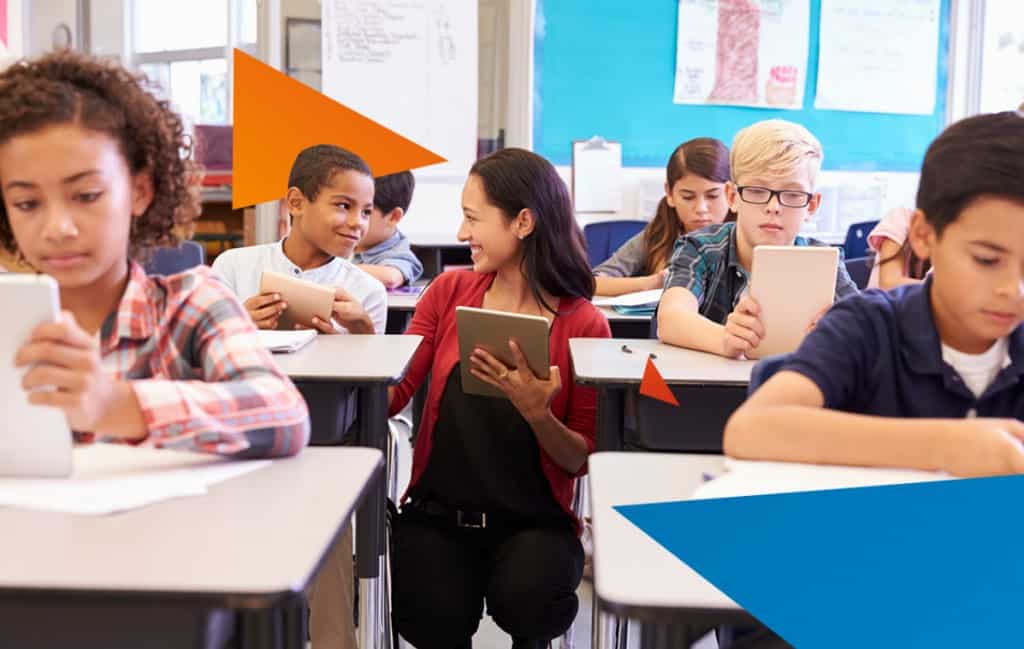
जब आप एक व्यक्तिगत शिक्षण पाठ की योजना बना रहे हैं, तो आप वास्तव में कई ऐसी योजना बना रहे हैं, जिन्हें प्रत्येक विद्यार्थी अपने आप ही आसानी से प्रबंधित कर सकेगा।
यह व्यक्तिगत शिक्षण पद्धति का सबसे अधिक श्रमसाध्य भाग है, और आपको इसे प्रत्येक पाठ के लिए दोहराना होगा।
समय बचाने के लिए यहां कुछ सुझाव दिए गए हैं:
- ऐसी गतिविधियाँ खोजें जो आपकी कक्षा के कुछ छात्र कर सकें एक ही समय मेंयाद रखें कि प्रत्येक व्यक्तिगत शिक्षण योजना 100% अद्वितीय नहीं होगी; विभिन्न विद्यार्थियों के बीच क्या और कैसे सीखना है, इसके लिए हमेशा कुछ न कुछ भिन्नता रहेगी।
- बनाएं प्लेलिस्ट ऐसी गतिविधियों की सूची जो कुछ निश्चित शिक्षण आवश्यकताओं के अनुकूल हों। प्लेलिस्ट में प्रत्येक गतिविधि पूरी होने पर कुछ अंक प्रदान करती है; यह छात्र का काम है कि वह अपनी निर्दिष्ट प्लेलिस्ट के माध्यम से आगे बढ़े और पाठ के अंत से पहले एक निश्चित कुल अंक अर्जित करे। फिर आप इन प्लेलिस्ट को अन्य कक्षाओं के लिए पुनः उपयोग और पुनर्व्यवस्थित कर सकते हैं।
- आप ध्यान केंद्रित करके शुरू कर सकते हैं एक व्यक्तिगत सीखने की गतिविधि प्रति पाठ प्रत्येक छात्र के लिए, और शेष पाठ को अपने पारंपरिक तरीके से पढ़ाने में खर्च करें। इस तरह आप परीक्षण कर सकते हैं कि आपकी ओर से केवल न्यूनतम प्रयास खर्च करके छात्र व्यक्तिगत सीखने पर कैसे प्रतिक्रिया करते हैं।
- ए के साथ समाप्त करें सामूहिक गतिविधि, जैसा टीम प्रश्नोत्तरीइससे पूरी कक्षा को पुनः एक साथ मिलकर थोड़ा सा मनोरंजन करने तथा जो कुछ उन्होंने सीखा है उसका त्वरित आकलन करने में मदद मिलती है।
#4 – प्रगति की जाँच करें
अपनी व्यक्तिगत शिक्षण यात्रा के शुरुआती चरणों में, आपको अपने विद्यार्थियों की प्रगति की यथासंभव बार-बार जांच करनी चाहिए।
आप यह सुनिश्चित करना चाहते हैं कि आपके पाठ ट्रैक पर हैं और छात्रों को वास्तव में नई पद्धति में मूल्य मिल रहा है।
याद रखें कि विधि का एक हिस्सा छात्रों को यह चुनने की अनुमति देना है कि उनका मूल्यांकन कैसे किया जाता है, जो एक लिखित परीक्षा, शोध कार्य, सहकर्मी समीक्षा, प्रश्नोत्तरी या किसी प्रकार का प्रदर्शन भी हो सकता है।
पहले से ही एक अंक प्रणाली तय कर लें ताकि छात्रों को पता हो कि उनका मूल्यांकन कैसे किया जाएगा। एक बार जब वे अपना काम पूरा कर लें, तो उन्हें बताएँ कि वे अपने स्व-नियुक्त लक्ष्य से कितने करीब या दूर हैं।
व्यक्तिगत शिक्षा के पक्ष और विपक्ष
फ़ायदे
जुड़ाव बढ़ा। स्वाभाविक रूप से, छात्रों को व्यक्तिगत रूप से इष्टतम परिस्थितियों में पढ़ाना यह सुनिश्चित करने का एक शानदार तरीका है कि वे अपने सीखने से सबसे अधिक लाभ उठा रहे हैं। उन्हें समझौता करने की ज़रूरत नहीं है; वे जो चाहें, जिस तरह चाहें, जिस गति से चाहें, सीख सकते हैं
स्वामित्व की स्वतंत्रता। छात्रों को अपने स्वयं के पाठ्यक्रम में शामिल करने से उन्हें अपने स्वयं के सीखने पर स्वामित्व की जबरदस्त भावना मिलती है। अपनी शिक्षा को नियंत्रित करने और इसे सही रास्ते पर चलाने की स्वतंत्रता छात्रों के लिए मूल रूप से प्रेरक है।
लचीलापन। वहाँ कोई नहीं एक व्यक्तिगत शिक्षण का तरीका अलग-अलग होना चाहिए। यदि आपके पास अपनी पूरी कक्षा के लिए व्यक्तिगत पाठ्यक्रम बनाने और उसे क्रियान्वित करने की क्षमता नहीं है, तो आप कुछ छात्र-केंद्रित गतिविधियों की व्यवस्था कर सकते हैं। आपको आश्चर्य हो सकता है कि वे इस कार्य में कितने व्यस्त हो जाते हैं।
स्वतंत्रता में वृद्धि। आत्म-विश्लेषण सिखाने के लिए एक कठिन कौशल है, लेकिन व्यक्तिगत कक्षा समय के साथ इस कौशल का निर्माण करती है। आखिरकार, आपके छात्र खुद को प्रबंधित करने, खुद का विश्लेषण करने और तेजी से सीखने का सबसे अच्छा तरीका निर्धारित करने में सक्षम होंगे।
नुकसान
व्यक्तिगतकरण की हमेशा एक सीमा होती है। निश्चित रूप से, आप सीखने को जितना संभव हो सके उतना वैयक्तिकृत कर सकते हैं, लेकिन यदि आप एक गणित शिक्षक हैं और वर्ष के अंत में एक मानक राष्ट्रव्यापी गणित परीक्षा है, तो आपको वह सामग्री सिखानी होगी जो उन्हें उत्तीर्ण होने में मदद करेगी। साथ ही, क्या होगा यदि कुछ छात्रों को गणित पसंद ही नहीं है? वैयक्तिकरण मदद कर सकता है लेकिन यह उस विषय की प्रकृति को नहीं बदलने वाला है जिसे कुछ छात्र स्वाभाविक रूप से नीरस पाते हैं।
यह आपके समय पर खा जाता है। आपके पास अपने जीवन का आनंद लेने के लिए पहले से ही बहुत कम खाली समय है, लेकिन यदि आप व्यक्तिगत सीखने की सदस्यता लेते हैं, तो आपको उस खाली समय का एक महत्वपूर्ण हिस्सा प्रत्येक छात्र के लिए अलग-अलग दैनिक पाठ बनाने में खर्च करना पड़ सकता है। हालांकि परिणाम यह है कि, जबकि छात्र अपने स्वयं के सीखने के माध्यम से प्रगति कर रहे हैं, आपके पास भविष्य के पाठों की योजना बनाने के लिए पाठों के दौरान अधिक समय हो सकता है।
विद्यार्थियों के लिए यह एकांत हो सकता है। एक व्यक्तिगत सीखने की कक्षा में, छात्र ज्यादातर अपने स्वयं के पाठ्यक्रम के माध्यम से प्रगति करते हैं, शिक्षक के साथ बहुत कम संपर्क रखते हैं और अपने सहपाठियों के साथ भी कम, जिनमें से प्रत्येक अपना काम कर रहा है। यह बहुत उबाऊ हो सकता है और सीखने में अकेलापन पैदा कर सकता है, जो प्रेरणा के लिए विनाशकारी हो सकता है।
व्यक्तिगत शिक्षा के साथ आरंभ करें
व्यक्तिगत निर्देश देने के इच्छुक हैं?
याद रखें कि आपको शुरू से ही मॉडल में पूरी तरह से डूब जाने की ज़रूरत नहीं है। आप हमेशा अपने छात्रों के साथ सिर्फ़ एक पाठ के ज़रिए इसकी जांच कर सकते हैं।
यहाँ है कि कैसे करना है:
- पाठ से पहले, सभी विद्यार्थियों को एक त्वरित सर्वेक्षण भेजें जिसमें एक लक्ष्य (यह बहुत विशिष्ट होना आवश्यक नहीं है) और सीखने की एक पसंदीदा विधि सूचीबद्ध हो।
- गतिविधियों की कुछ प्लेलिस्ट बनाएं जिन्हें छात्र काफी हद तक स्वयं करने में सक्षम हों।
- सीखने की उनकी पसंदीदा विधि के आधार पर उन प्लेलिस्ट को कक्षा में प्रत्येक छात्र को असाइन करें।
- कक्षा के अंत में एक त्वरित प्रश्नोत्तरी या अन्य प्रकार के असाइनमेंट की मेजबानी करके देखें कि सभी ने कैसे किया।
- छात्रों को उनके मिनी व्यक्तिगत सीखने के अनुभव के बारे में एक त्वरित सर्वेक्षण भरने के लिए कहें!
💡 और अधिक जानकारी देखना न भूलें यहां नवीन शिक्षण विधियां!
